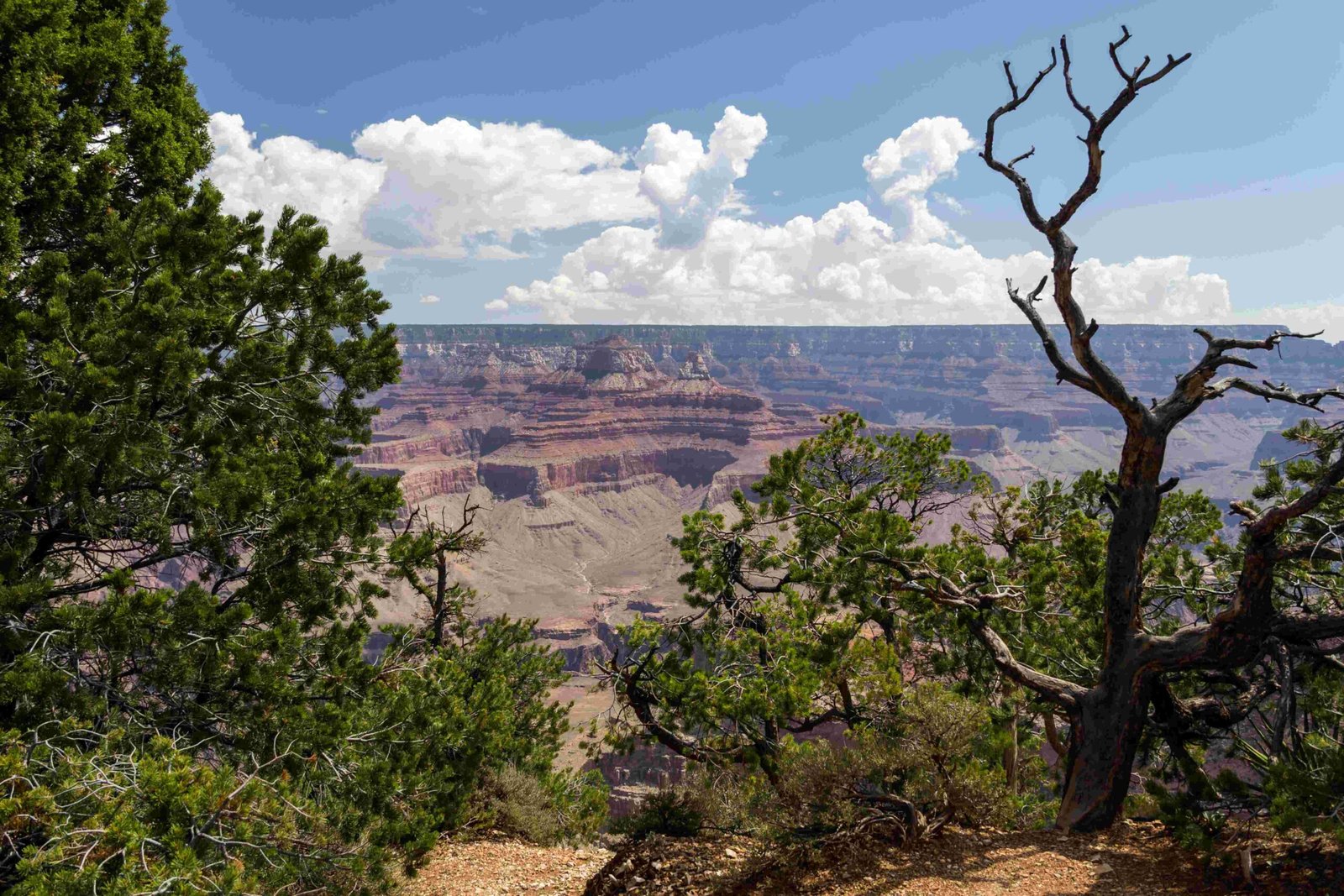The Grand Canyon represents one of North America’s most extraordinary geological formations, stretching across 1,904 square miles of Arizona’s landscape. This colossal natural wonder carved by the Colorado River offers breathtaking dimensions that challenge human comprehension, featuring extraordinary length, width, and depth that make it a premier destination for geologists, adventurers, and nature enthusiasts worldwide.
What Are the Precise Dimensions of the Grand Canyon?

Length Measurements
The Grand Canyon extends approximately 277-278 miles along the Colorado River, creating an immense geological corridor. This remarkable length traverses multiple geological zones, showcasing millions of years of Earth’s geological history.
Width Variations
| Width Category | Measurement |
|---|---|
| Minimum Width | 600 feet (Marble Canyon) |
| Average Width | 10 miles |
| Maximum Width | 18 miles |
Depth Characteristics
The canyon’s depth is equally impressive:
– Maximum Depth: Over 6,000 feet (1.1 miles)
– Average Depth: Approximately 1 mile (1.6 kilometers)
How Does the Grand Canyon Compare to Other Geological Formations?

The Grand Canyon’s scale surpasses many natural landmarks:
– Larger than Rhode Island’s entire state area
– Contains multiple geological zones
– Represents approximately 1,904 square miles of terrain
– Reveals nearly two billion years of geological history
Geological Composition
The canyon’s layers represent a complex geological timeline, with rock formations dating back to the Precambrian era. Each stratum tells a unique story of geological transformation, making the Grand Canyon a living museum of Earth’s evolutionary processes.
What Factors Contribute to the Grand Canyon’s Massive Size?
Several critical factors have shaped the Grand Canyon’s extraordinary dimensions:
1. Continuous erosion by the Colorado River
2. Tectonic plate movements
3. Climate variations over millions of years
4. Differential rock resistance
Erosion Dynamics
The Colorado River has been the primary sculptor, gradually cutting through layers of rock over approximately 5-6 million years. This persistent geological process has created the canyon’s current remarkable dimensions.
Why Is the Grand Canyon’s Size Significant?
The Grand Canyon’s massive scale offers:
– Unprecedented geological research opportunities
– Unique ecological habitats
– Extraordinary visual landscapes
– Scientific insights into Earth’s geological history
Ecological Diversity
Despite its seemingly harsh environment, the canyon supports multiple ecosystems, hosting over 1,500 plant species, 355 bird species, and numerous mammalian populations.
Conclusion
The Grand Canyon stands as a testament to geological persistence, spanning 277 miles in length, reaching 18 miles in width, and plunging over a mile deep. Its immense scale continues to inspire scientists, adventurers, and nature lovers alike.
